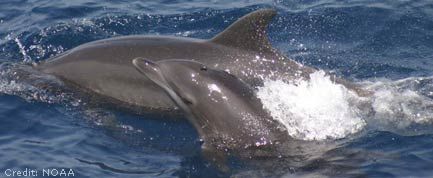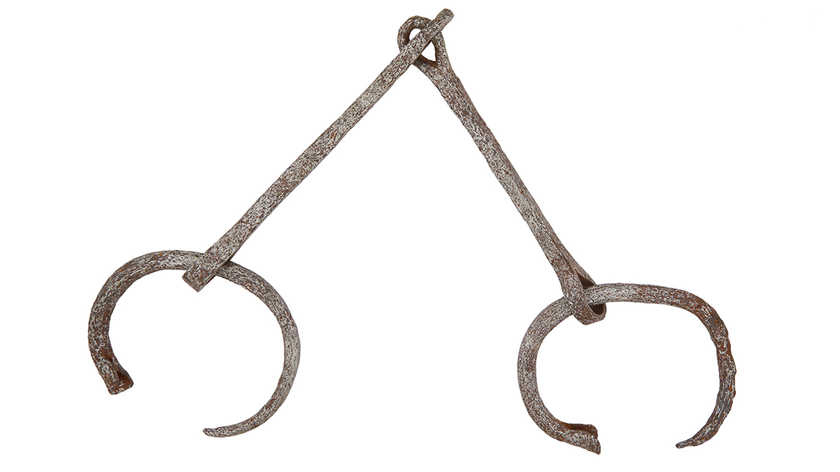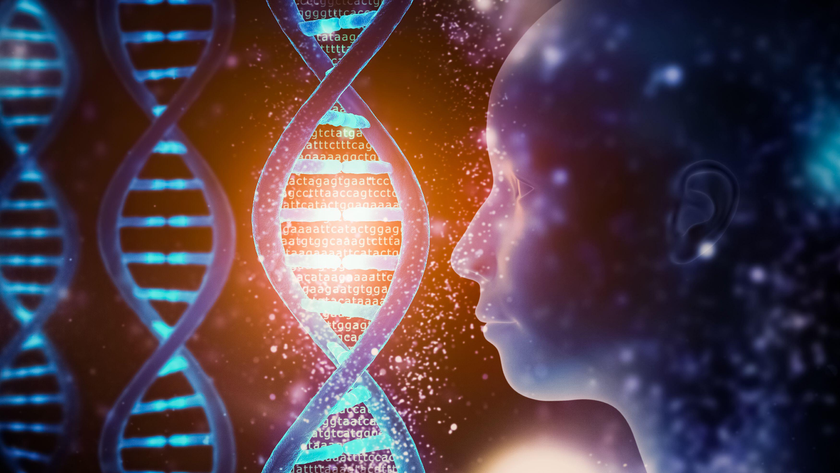Dolphins Keep an Eye Out While Sleeping

Dolphins have a clever trick that doesn’t involve jumping in the air for fish: They can overcome sleep deprivation and remain constantly vigilant for days at a time by resting one half of their brain while the other half remains conscious.
Because they need to periodically come up for air and keep an eye out for potential predators, dolphins can't curl up and zonk out at night like land mammals can. So they must stay somewhat conscious and sleep with the proverbial one eye open.
Sam Ridgway of the U.S. Navy Marine Mammal Program wondered if this constant watchfulness would dull their senses, like sleep deprivation does in humans (as anyone who has pulled an all-nighter knows).
To investigate the effects of this mode of sleep on the dolphins, Ridgway and his colleagues trained two dolphins to respond to a 1.5-second beep sounded randomly against a background of 0.5-second beeps. (The sounds were low enough that they didn't bother the dolphins in their daytime swims around their tank, but the random tone would still catch the dolphins' attention.)
Even after listening to the tone for five straight days, the dolphins continued to respond to the beep just as sharply as they had at the beginning.
Next, two of the researchers, Allen Goldblatt and Don Carder, designed a visual stimulus test to see if the dolphins were just as vigilant with their eyes. They also continued to see if the dolphins responded to the beeps.
Dolphins have binocular vision (with their eyes sitting on opposite sides of their head), so the researchers trained one of the dolphins (named Say) to recognized two shapes, either three horizontal red bars or one vertical green bar. They trained Say with her right eye first.
Sign up for the Live Science daily newsletter now
Get the world’s most fascinating discoveries delivered straight to your inbox.
The scientists thought that because half of the dolphin's brain would be asleep during testing, Say would only recognize the shapes with the eye connected to the conscious half of her brain. But she gave them a surprise: She trained her left eye on the shapes, even though that eye had not seen the shapes before.
Ridgway said this must mean that information is transferred between the two hemispheres of the brain.
The dolphins proved just as sharp with their eyes as they were with their ears: After 120 hours, they still saw the shapes.
Researchers checked the dolphins' blood for physical signs of sleep deprivation, but couldn't find any.
The results of the research are detailed in the May 1 issue of the Journal of Experimental Biology.
- Video – Baby Dolphins Don't Sleep
- Dolphin News, Images and Information
- Top 10 Amazing Animal Abilities












